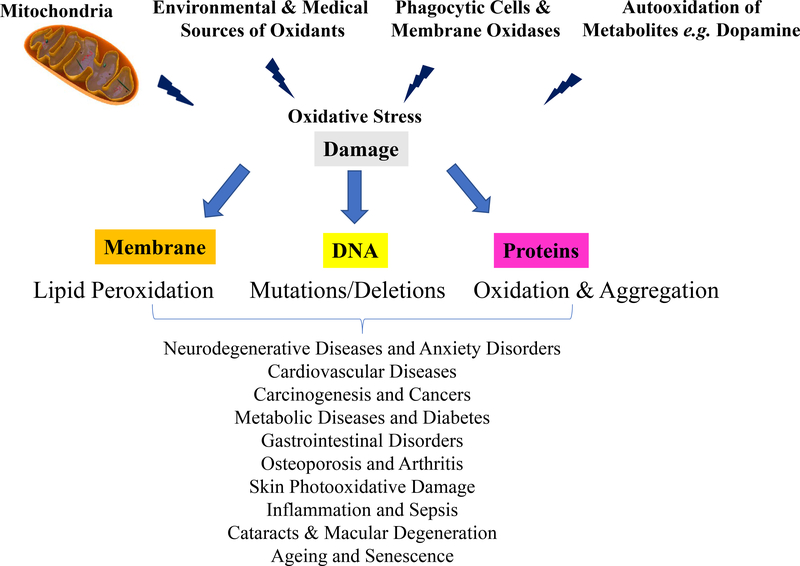Figure 2. Damaging Effects of Oxidative Stress on Cell Structures and its Relation to Disease initiation/Progression, Ageing, and Senescence.
Oxidative stress arising (largely) from O2•− and H2O2 generated by mitochondria; by environmental and medical sources; by phagocytes such as astrocytes, glia, neutrophils, macrophages, monocytes, etc.; and by autoxidation of metabolites such as dopamine can damage cell structures. Phospholipids, both soluble and membrane-bound proteins, and nuclear and mitochondrial DNA, are easily damaged by oxidation which can lead to subsequent cellular malfunction, tissue dysfunction, and even organ failure. Ultimately, such molecular damage is thought to contribute to the initiation and/or progression of many age-related disorders and diseases that are among the major causes of morbidity and mortality in ageing populations (some of the major ones are shown at the bottom of the figure), and in the very processes of aging and senescence.

